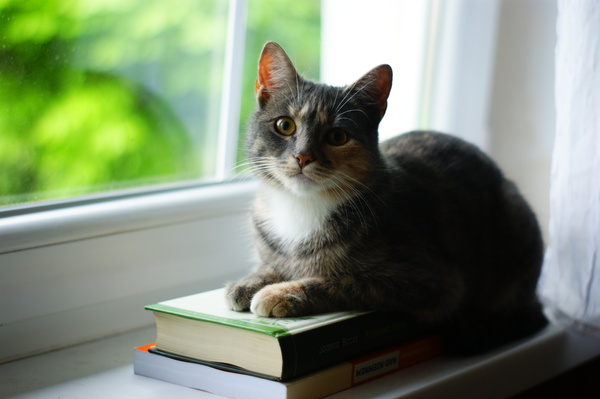The Economics of Cat Litter: Affordable Solutions

Cat litter and litter boxes play an essential role in the lives of both cats and their owners. From the modest starts of sand and soil to the ingenious advancements of today, the world of cat litter has developed substantially. In this comprehensive guide, we explore every aspect of cat litter and litter boxes, exploring their history, types, benefits, difficulties, and everything in between.
The history of cat litter dates back centuries, with ancient civilizations using sand, soil, and even ashes as primitive litter materials. However, it wasn't up until the mid-20th century that modern-day cat litter as we understand it emerged. In 1947, Edward Lowe presented the world's very first business cat litter made from absorbent clay, changing the method felines relieved themselves inside your home. Considering that then, cat litter has actually gone through various changes, with the introduction of clumping litter, silica gel litter, naturally degradable choices, and more.
Today, cat owners are spoiled for option when it pertains to choosing the best litter for their feline companions. Conventional clay litter remains popular for its affordability and efficiency in soaking up smells. Clumping litter, which forms solid clumps when wet, simplifies cleaning and upkeep. Silica gel litter, composed of highly absorbent silica crystals, uses exceptional odor control and longevity. Eco-friendly alternatives, such as recycled paper, wood pellets, corn, and wheat, attract environmentally conscious customers.
Each type of cat litter offers unique benefits. Clay litter masters its ability to soak up moisture and control smells, making it a reliable option for numerous cat owners. Clumping litter simplifies everyday scooping and extends the time in between total litter changes. Silica gel litter cat litter pellets supplies remarkable odor control and can last longer in between replacements. Biodegradable litters use a sustainable alternative that decreases environmental impact.
While cat litter improves indoor feline hygiene, it is not without its difficulties. Dust from clay litter can pose breathing dangers for both cats and human beings, prompting the appeal of dust-free alternatives. Some cats might develop litter box hostility due to problems with texture, scent, or tidiness, necessitating experimentation with various litters and box configurations. Multi-cat families may need tactical litter box placement and regular maintenance to avoid territorial disagreements and guarantee all cats have access to tidy facilities.
Picking the suitable litter box is vital for promoting positive litter box routines and overall feline well-being. Aspects to consider consist of size, Litter Box Liners accessibility, and style preferences. Covered litter boxes offer privacy and help include smells, but some felines might find them confining or frightening. Open-top litter boxes use simple access and presence but may result in more litter scatter. Automatic self-cleaning litter boxes simplify maintenance however need routine monitoring and maintenance.
Correct litter box upkeep is essential for making sure a clean and inviting environment for both felines and their automatic cat litter box owners. Daily scooping gets rid of waste without delay, decreasing odor and dissuading litter box hostility. Regular litter replacement, generally every 1-2 weeks, avoids bacterial buildup and maintains ideal absorbency. Extensive cleaning with mild cleaning agent and water, preventing harsh chemicals that may prevent felines from using the box, must be carried out monthly.
Cat litter and litter boxes play a central role in promoting a healthy and unified relationship in between felines and their human companions. With a diverse variety of litter alternatives and litter box styles offered, feline owners have the versatility to tailor their choices to match their felines' choices and household needs. By understanding the development, types, advantages, and challenges of cat litter and litter boxes, pet owners can offer their feline pals with a comfy and sanitary indoor environment.